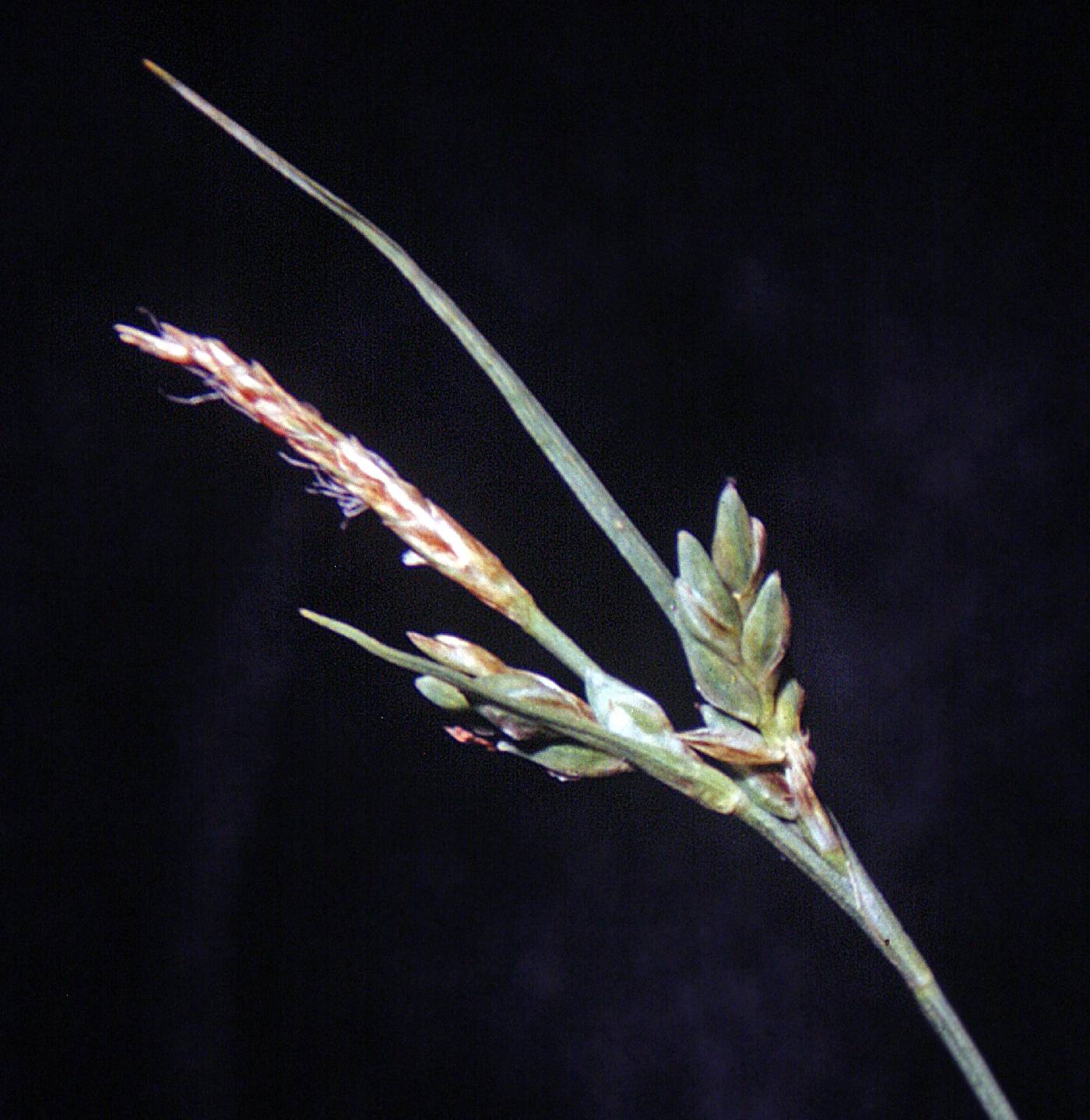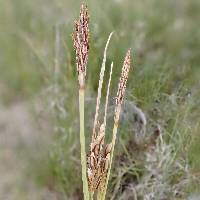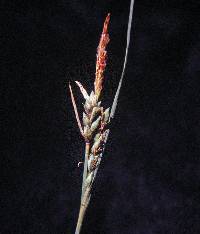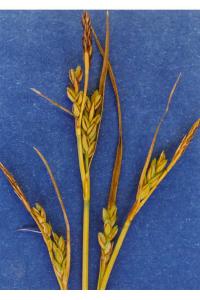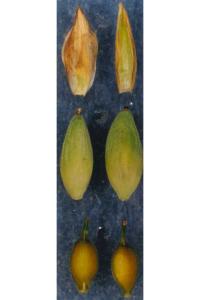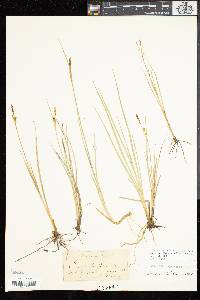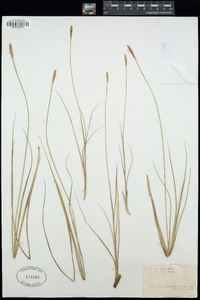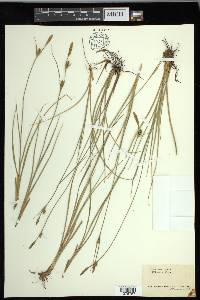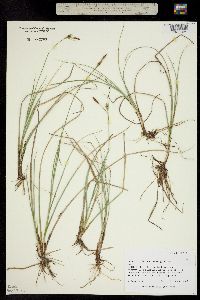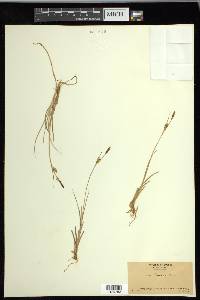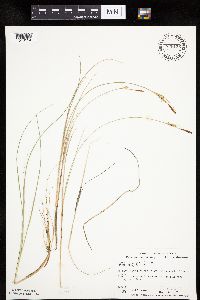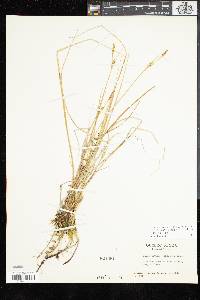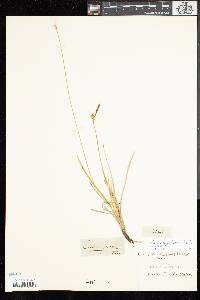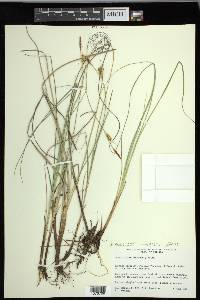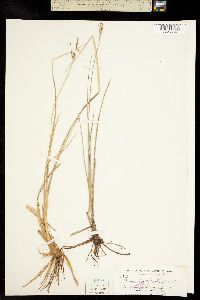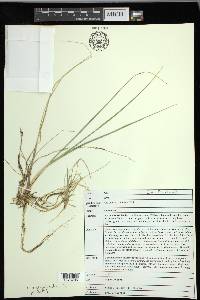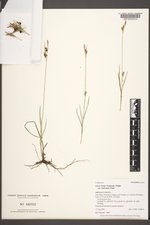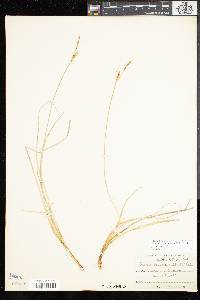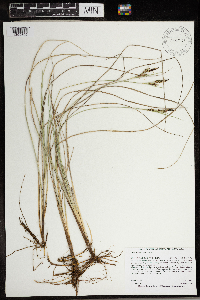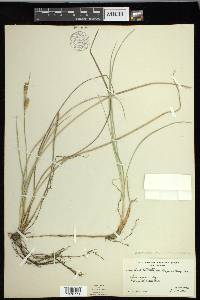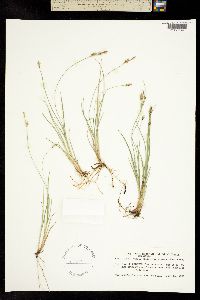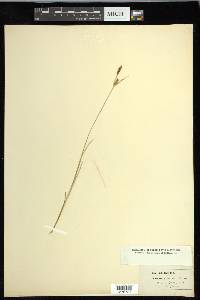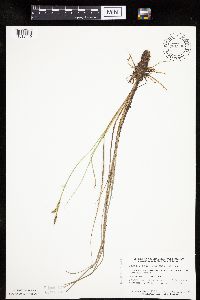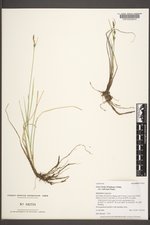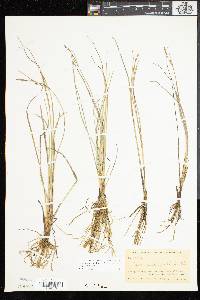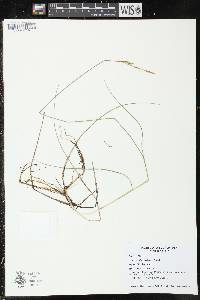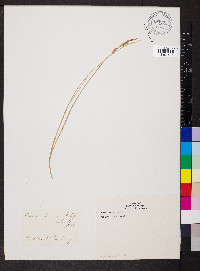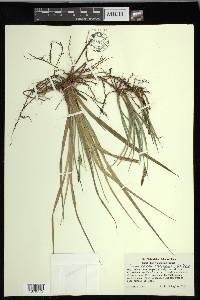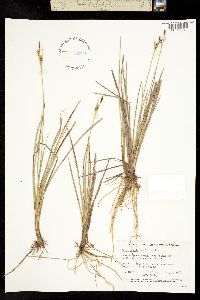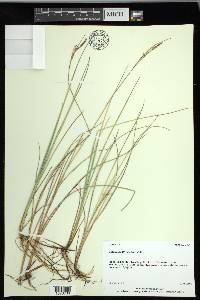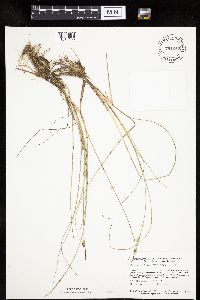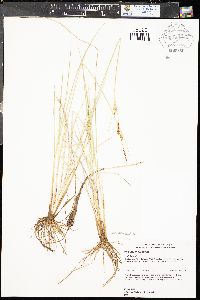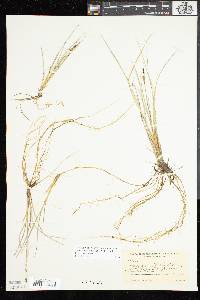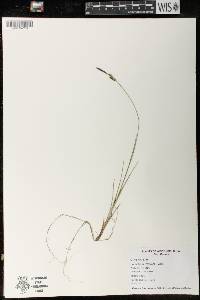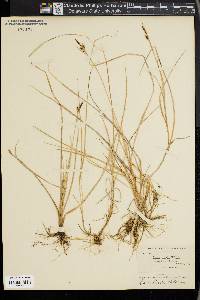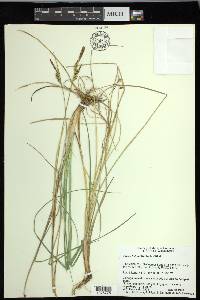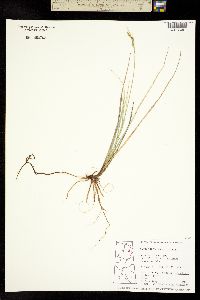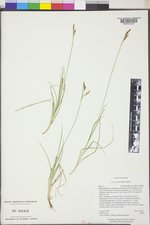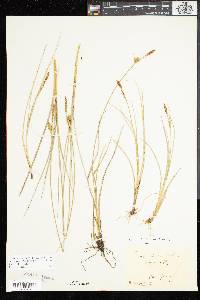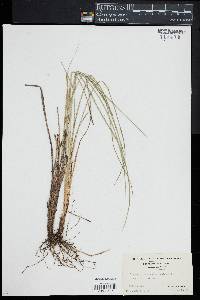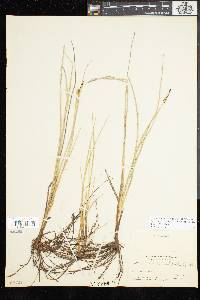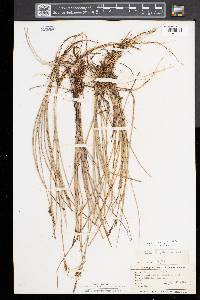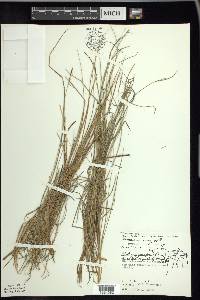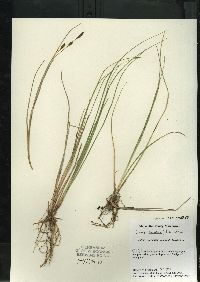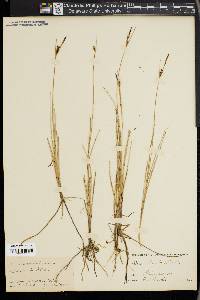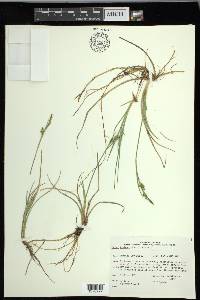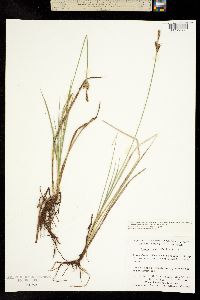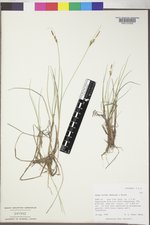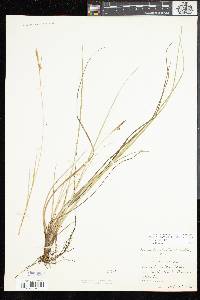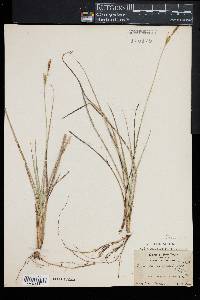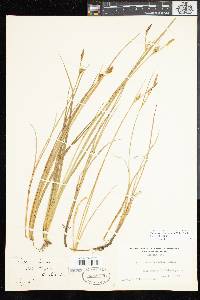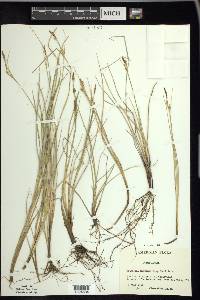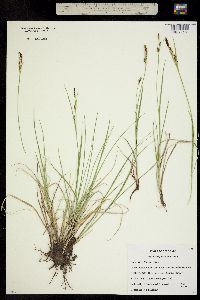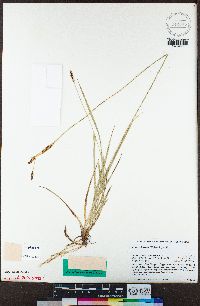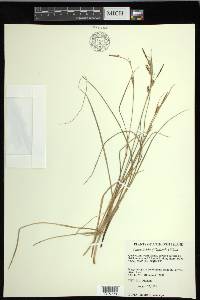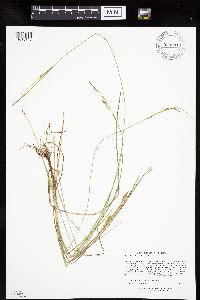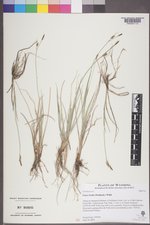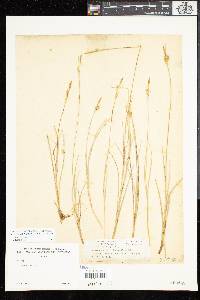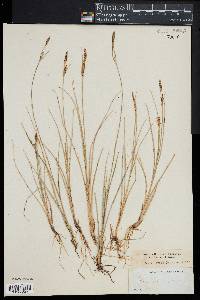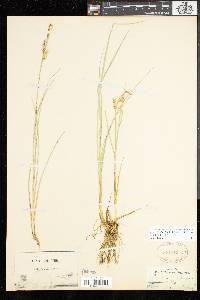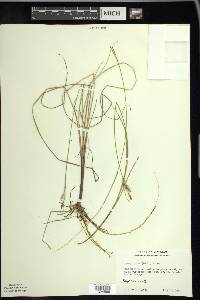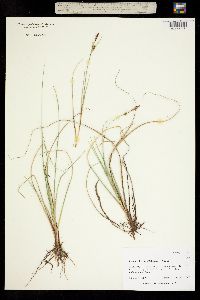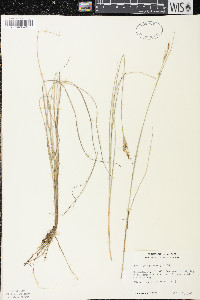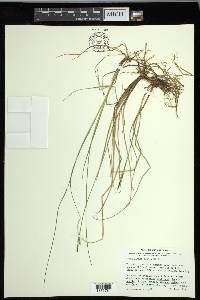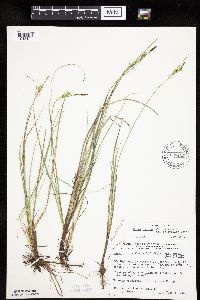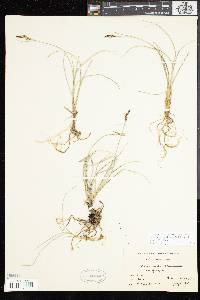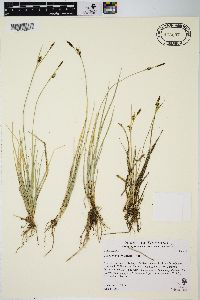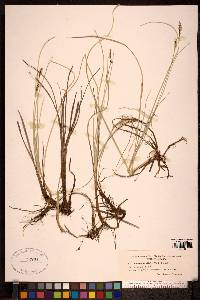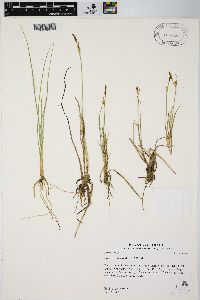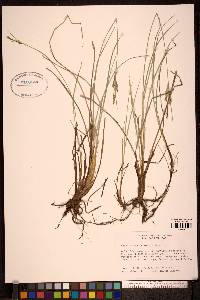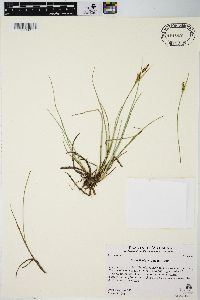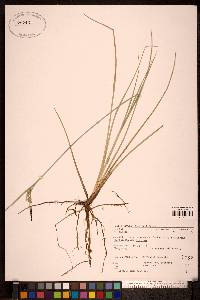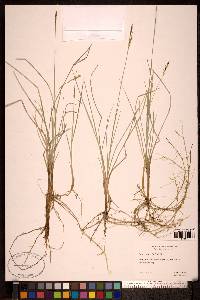Carex livida
|
|
|
|
Family: Cyperaceae
Livid Sedge
[Carex grayana Dewey, moreCarex livida var. rufiniformis Fernald] |
Plants colonial, long-rhizomatous. Culms 15-55 cm, smooth to scabrous distally. Leaves: proximal sheaths pale brown to dark brown, occasionally red tinged, 4.5-8(-10) mm thick; ligules 1.2-3.9 mm, usually 0.6-1.5 times as long as wide; leaf blades very glaucous, channeled, 4.5-40 cm × 1.5-3.5(-6.5) mm, coriaceous. Inflorescences 2.2-8.59(-12) cm, 0.6-1.8 length of proximal bract; proximal bract 0.8-11 mm, sheath 0-1.2cm, blade 0.8-10 cm; pistillate spikes densely flowered, ovoid to short-cylindric, 0.7-2.5 cm × 4-5.5 mm wide; lateral spikes erect or ascending on stiff peduncles. Pistillate scales pale brown to dark purple-brown with broad green center and narrow hyaline margins, obtuse to acute. Perigynia strongly ascending in the spikes, glaucous, fusiform, 3-4.8(-5) × (1-)1.3-2 mm wide, heavily papillose; beak absent or minute, erect, straight. Achenes pale to dark brown, 2.1-2.5 × 1.2-1.8 mm wide. 2n = 32. Fruiting late spring-early summer. Boreal fens, calcareous floating mats; 0-1100 m; St. Pierre and Miquelon; Alta., B.C., Man., N.B., Nfld. and Labr., N.W.T., N.S., Ont., P.E.I., Que., Sask., Yukon; Alaska, Calif., Ind., Maine, Mass., Mich., Minn., Mont., N.H., N.J., N.Y., Oreg., Vt., Wash., Wis., Wyo.; Central America (Panama); South America; Eurasia. The distribution of Carex livida is very scattered; it is uncommon to rare over much of its range, especially in districts with predominantly acidic soils. Plants occurring disjunctly in acidic soils of the New Jersey pine barrens are unusually broad leaved, occasionally with leaves to 6.5 mm wide. These populations need further research to assess their status.
Glaucous; stems 2-5 dm, in small tufts from long rhizomes; lvs 1-3 mm wide, channeled or involute, often equaling or surpassing the stems; terminal spike staminate, rarely pistillate at the tip, 1-2 cm; lateral spikes 1-3, pistillate, 1-2 cm, sessile or short-peduncled, contiguous or shortly overlapping or only shortly separate near the summit of the stem, or the lowest one rarely on an elongate basal peduncle; bracts with short sheath and narrow blade usually surpassing the spike, pistillate scales ovate, shorter and distally narrower than the perigynia, with purplish sides and green center, obtuse to acute or mucronate; perigynia glaucous-green, fusiform, 3-5 mm, ribbed on the lateral angles, finely and obscurely nerved, beakless; achene broadly ovoid-trigonous, filling the perigynium; 2n=32. Wet soil; circumboreal, s. to N.J. and Minn. (C. grayana) Gleason, Henry A. & Cronquist, Arthur J. 1991. Manual of vascular plants of northeastern United States and adjacent Canada. lxxv + 910 pp. ©The New York Botanical Garden. All rights reserved. Used by permission. From Flora of Indiana (1940) by Charles C. Deam Indiana Coefficient of Conservatism: C = 10 Wetland Indicator Status: OBL |

